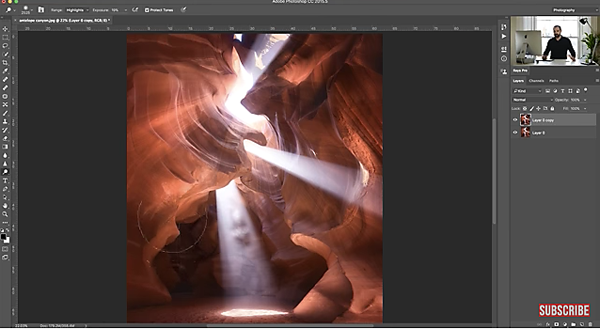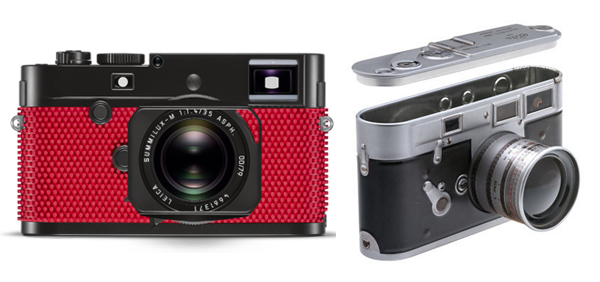Ron Leach
|
Oct 19, 2016
|
Oct 19, 2016
|
Oct 18, 2016
|
Oct 18, 2016
|
Oct 18, 2016
|
Oct 17, 2016
|
Oct 17, 2016
|
Oct 17, 2016
|
Oct 14, 2016











